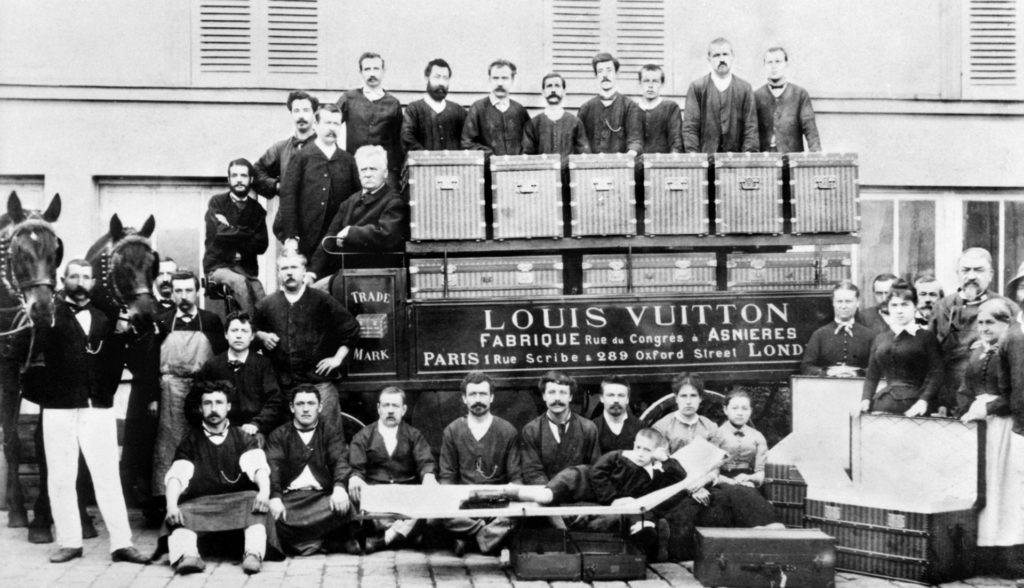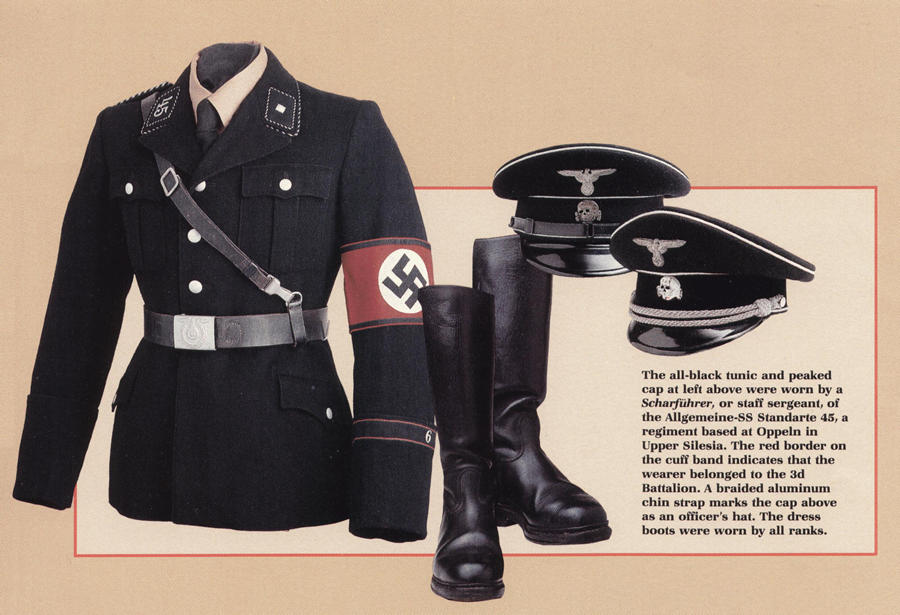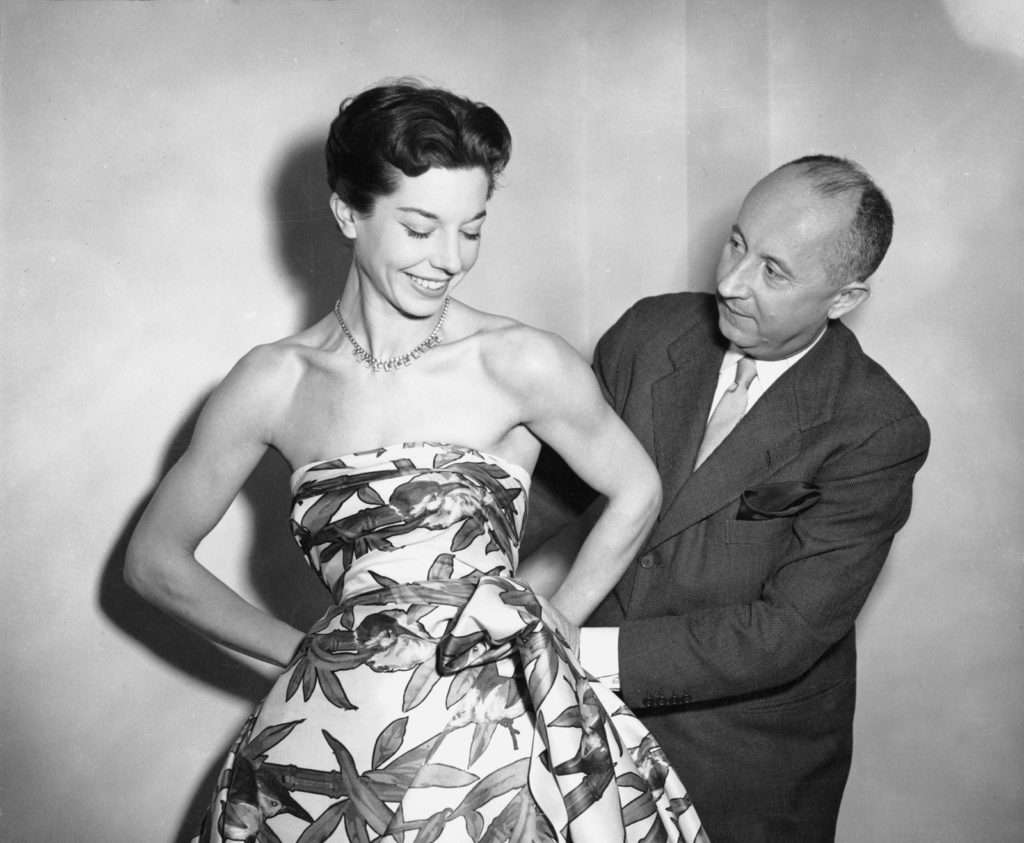The Contribution of Nazis to Fashion

The Nazi party’s influence left a long-lasting effect on the world during the Third Reich. They started the biggest war this planet has ever seen and committed multiple genocides on an unprecedented scale. However, their influence also had some other, less detrimental effects on the world. Fashion is one such thing that got influenced by the war and the Nazis. Some of their fashion trends still exist in today’s world.
Hugo Boss

During the war, the sight of the German Schutzstaffel (SS) military units was enough to cause widespread terror. The design of their black uniform along with the death skull on the cap was overseen by Hugo Boss. The company was already producing the infamous “brown shirts” at the time. These shirts were worn by the Sturmabteilung, the feared paramilitary wing that met its end in 1934.
One cannot blame Hugo for giving in to the German orders. At that time, if the Nazis asked you to do something, you did it without any hesitation. The company has also apologized for its role in World War II. A lot of us still use Hugo products to this day.
Dior

Even when Dior’s sister was captured by Gestapo, he kept his head down and worked for the Nazis. He used to make dresses and outfits for the wives of high-ranking officers. Even before the war started, Dior was a reputable fashion designer.
Some saw him as a traitor and a shill for working for the Germans. But as he saw it, he was just doing what he had to do to keep French fashion alive during the war. Dior considered saving French fashion as a newfound mission during World War II. He ended up setting up his own fashion house. Fast forward to modern times and Dior is still a widely-known brand in the word.
Chanel

When the Nazis started invading Europe, Gabrielle Chanel was already a respected fashion designer. Commonly known as ‘Coco’, she had pioneered the svelte and iconic “little black dress”. She had no idea that the invasion would give a massive boost to her brand. Unlike most people, she did not try to resist the Nazis. She embraced it and even fell in love with a German named Hans Gunther von Dincklage. She ended up becoming a spy for the Third Reich.
When the war ended, she did not face any consequences for her betrayal. Instead, she suddenly became the top French fashion designer of her time. The rumors of her association with the Nazis gave Chanel the needed brand publicity. This helped her to rise above whatever fashion competition that was left.
Louis Vuitton

To this day, Louis Vuitton handbags are one of the most iconic handbags in the world. When the Nazis invaded France in 1940 and the Vichy State ruled the country, most brands were oppressed. However, Louis Vuitton remained active and thrived throughout the war period. In fact, they were the only brand given permission to operate a store on the ground floor of Hotel du Parc. This was the place where France’s puppet government operated during the early 1940s.
Many thought that the French brand shamelessly cooperated with the Nazis, which they did. But they did it to take the market after the war. The plan worked and the post-war fashion market was theirs for the taking. It is believed that the success of Louis Vuitton was due to the closing of all their business rivals.
Toothbrush Moustache

It may seem ridiculous for modern fashion but there was a time when people absolutely adored the toothbrush moustache. Many believe that the main reason for the style to go out of fashion was Adolf Hitler. However, it wasn’t Chaplin that influenced Hitler to trim his facial hair into the shape of a toothbrush. In fact, it is an urban myth.
Hitler had a long moustache which he had to trim later on. A previously unpublished essay by a writer who served alongside Hitler in the First World War reveals that the future Führer was only obeying orders. He was instructed to do so that it would fit under the respirator masks. These masks were introduced in response to British mustard gas attacks in World War I.
